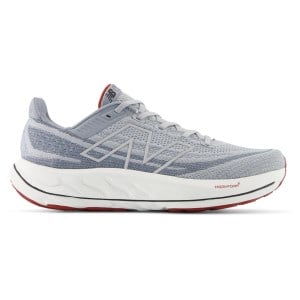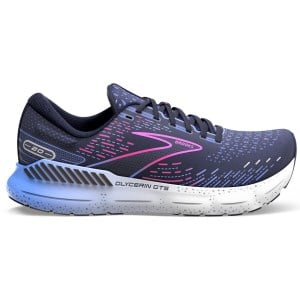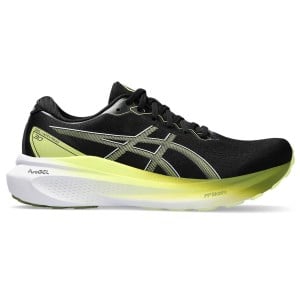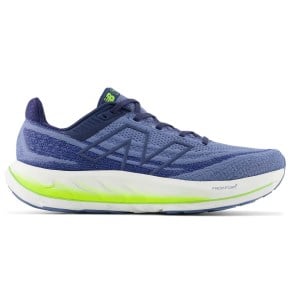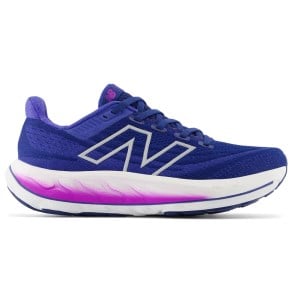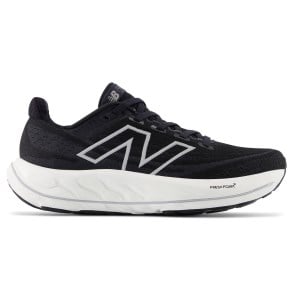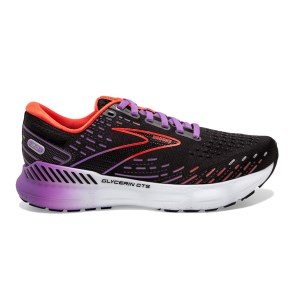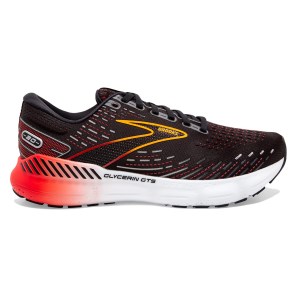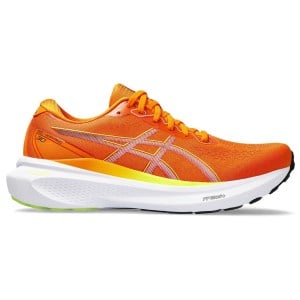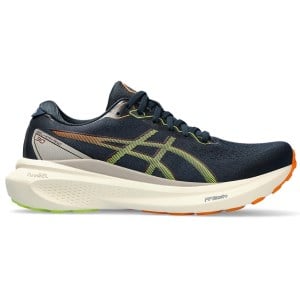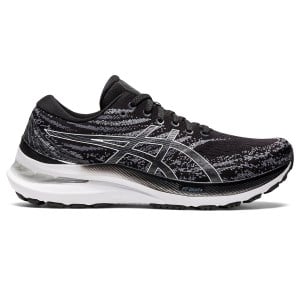We Cut Up 3 Of The Best Stability Running Shoes Of 2023

Ever wondered what goes into your running shoes? Sportitude gives you an inside look (literally) as our General Manager Josh Willoughby takes a bandsaw to the top performing stability shoes of 2023; the New Balance Fresh Foam X Vongo v6, Brooks Glycerin GTS 20 and the Asics Gel Kayano 30.
From the ever-reliable GuideRails in the Brooks Glycerin GTS 20, to the new 4D Guidance System in the Asics Gel Kayano 30 - shoe expert Josh discusses the why and how of support technologies and provides insight on the shoe engineering that complements them.
-
New Balance Fresh Foam X Vongo v6 - Mens Running Shoes
-
Brooks Glycerin GTS 20 - Womens Running Shoes
-
Asics Gel Kayano 30 - Mens Running Shoes
Check out the full video and our blog below.
What Is A Stability Running Shoe For?
Stability running shoes are engineered to support the runner that overpronates. Overpronation is common among flatter foot types, resulting in the arch – the natural shock absorbers of your feet - to collapse too aggressively on ground contact.
Overpronators first make contact with the ground on the outer edge or lateral side of their heel (pinky toe side), then roll excessively inwards towards the inner edge or medial side (big toe side) of their feet. This occurs during the midstance to propulsive phase of the gait cycle, affecting the distribution of shock throughout the foot and potentially your running efficiency.
Pronation itself is a natural part of your running biomechanics to aid in shock absorption, and many mild overpronators can run very happily and comfortably in neutral running shoes without additional support characteristics.
However, for some runners overpronation can cause discomfort or increase your risk of injury – putting additional stress not only on the arch of your feet and your ankles, but up your body to your knees, hips and back.
By pairing these overpronated foot types with stability shoes, runners can enjoy a more effortless, comfortable and supported feel.
According to Asics, 50 – 60% of runners are mild overpronators, and 20 – 30% are excessive overpronators. To cater to this market, top performance running shoe brands have invested time and research to pave the way for overpronators to run more comfortably.
Many Asics shoes, New Balance shoes and Brooks shoes just to name a few, are designed with the stability category in mind.
As Josh summarises, this stability category exists to cater to the runner that is:
- Looking for cushioning
- Going to spend plenty of time out on the road
- Requiring some form of additional comfort in the way of medial support.
Traditionally, stability running shoes didn’t offer an attractive solution – being heavy, clunky and obtrusive on the foot. However, decades of research by leading brands and modern innovations in footwear technology have made the ever-growing stability category an inviting option for overpronators.
The focus has shifted, with leading shoe brands creating stability running shoes that work in harmony with your feet, often with an emphasis on overpronation guidance over overpronation control.
Let’s dive into the fun part – the running shoes themselves – and highlight how each brand has designed a solution to the stability challenge.
New Balance Fresh Foam X Vongo v6 Running Shoes
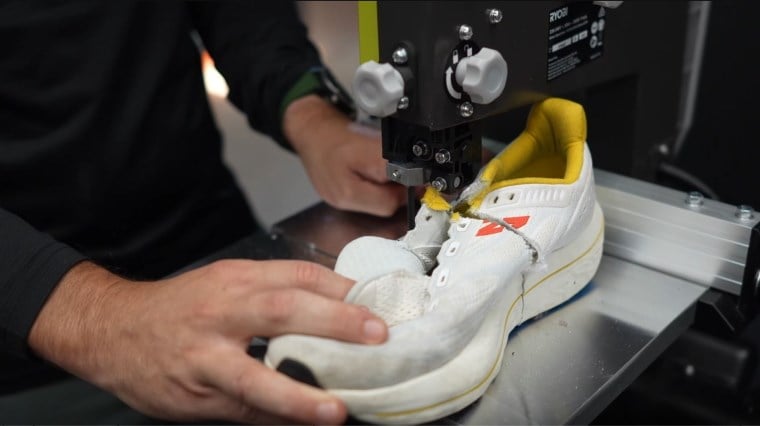
With 2.5 years in the making involving the testing, prototyping and building absolute confidence in the final product, the New Balance Fresh Foam X Vongo v6 offers dramatic changes compared to its predecessor, and now caters to a wider variety of runners.
The plated support structure offers a unique solution to managing overpronation – with a cambered placement and honeycomb technology for innovative yet uncomplicated stability.
With this unobtrusive stability system, our Sportitude shoe experts have also had success fitting neutral runners in the New Balance Vongo v6. These runners may have been seeking more rigidity through the forefoot than the New Balance 1080 provides, which offers a more flexible experience.
EVA Plate & Fresh Foam X Cushioning

By cutting the New Balance Fresh Foam X Vongo v6 in half, we discovered the cambered or tilted angle of this EVA plate (shown by the yellow line in the cross-section of the shoe above). It starts lower and closer to the ground on the lateral side then trends upwards on the medial side, where it sits higher and closer to the foot.
To discover the reasoning behind this, we have to dive into the Fresh Foam X cushioning system. The New Balance Vongo v6 puts New Balance’s signature Fresh Foam X cushioning into play with strategically placed densities of foam. This well-thought-out design positions a softer foam layer at the top, close to your foot and a firmer foam layer underneath, closer to the ground. In fact, there’s 5 durometer points difference between the softer top layer and firmer base layer of foam, which is significant.
The EVA plate is wedged between these two layers of cushioning. The dual density cushioning system works in harmony with the cambered placement of the EVA plate, which accommodates a thicker amount of soft cushioning under the foot on the lateral side and a thicker amount of firm cushioning on the medial side. This provides a balance of protection and support where overpronators need it most.
The result is softer compression for overpronators when landing on the lateral side of their foot. As your foot rolls inwards towards the medial side (inner edge) during overpronation, the gradual transition of the plate to a higher placement and subsequently a higher stack of firmer cushioning beneath, provides stability to your arch.
By gradually slowing down the velocity of pronation, the New Balance Vongo v6 offers pronation support without limiting movement or feeling intrusive on the foot.
EVA Plate: Honeycomb Design
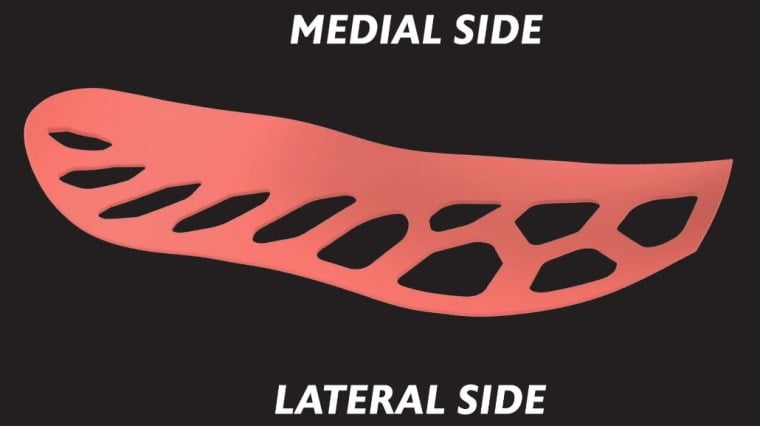
When looking at the cambered angle of the EVA plate shown in the cross-section of the New Balance Vongo v6, you may have wondered ‘Why the gap?’ in reference to the break in the yellow line. This is evidence of one of the honeycomb shaped cut-outs that have been strategically placed in the EVA plate.
The plate in the New Balance Vongo v6 isn’t consistent in its engineering, either from the lateral side to the medial side or heel to forefoot, as you can see in the image above.
The honeycomb cut-outs are primarily focused on the lateral side (outer edge) of the plate, while the medial side (inner edge) stays relatively stiff to aid in support and rigidity for your first metatarsal (bone at base of your big toe) on toe-off.
Honeycomb cut-outs through the forefoot help your foot ‘relax’ into the transition on toe-off – creating a running shoe that offers “pure comfort” according to Josh to support steady, easy-going days out on the road.
-
New Balance Fresh Foam X Vongo v6 - Mens Running Shoes
-
New Balance Fresh Foam X Vongo v6 - Womens Running Shoes
-
New Balance Fresh Foam X Vongo v6 - Womens Running Shoes
Brooks Glycerin GTS 20 Running Shoes
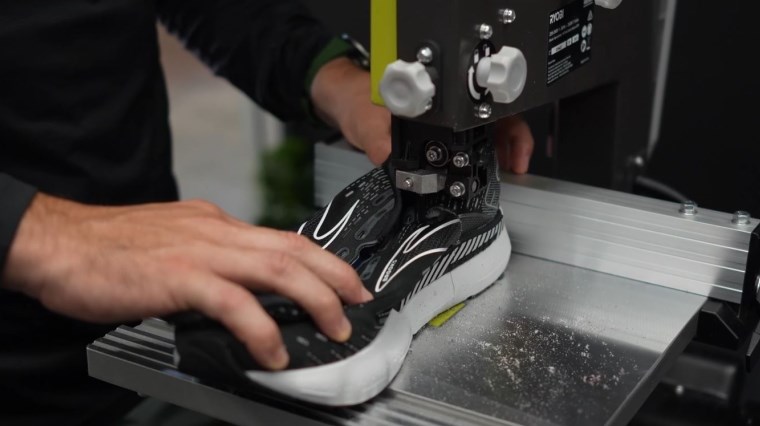
The Brooks Glycerin GTS 20 tops the podium in our list of top 3 stability running shoes when it comes to firmness. When saying firmness, we’re referring to the compression rate of the midsole – being a DNA Loft v3 foam. However, it’s still classified as a cushioned shoe – catering to runners seeking to clock up plenty of kilometres with a protective, plush ride underfoot.
Brooks were among the market leaders in re-imaging the stability space and the philosophy around support – with a focus on overpronation guidance over overpronation control. When cutting the Brooks Glycerin GTS 20 in half, we weren’t aware of the surprise we were in for, particularly in relation to their GuideRails technology.
GuideRails Support System

The GuideRails technology was first introduced in the Brooks Adrenaline GTS 19 about 5 years ago – a controversial choice from Brooks as they steered away from more traditional support systems to release this new, forward-thinking technology that felt less intrusive on the foot.
From the outside, the GuideRail appears as a wall running up the medial side of the Brooks Glycerin GTS 20 to provide overpronation support. When cutting it in half however, you can see that this technology extends underneath the foot – cradling it on the medial side with a contoured structure, as signified by the black foam in the image above. It offers roughly 30% of the coverage of the midsole on the medial side.
Not only is there a higher wall on the medial side for additional support, but by also strategically injecting this GuideRails technology within the medial side of the midsole, you can enjoy a more comfortable, smooth and seamless ride. The GuideRail finishes just before your metatarsal heads (toes), tapering down as it heads towards the forefoot.
When comparing Brooks stability shoes across the years, their GuideRails technology remains for the most part consistent.
Brooks not only thoroughly test their new and research-based technologies before release, but stick to what works when their success is evident through customer feedback. This allows them to continually and consistently support runners that are loyal to Brooks shoes and this technology.
We’re intrigued about what the future holds for this ground-breaking brand, particularly in relation to their GuideRails support system, and the innovative technologies they’ll release in the years to come.
DNA Loft v3 Cushioning
Cushioning and support work in harmony in the Brooks Glycerin GTS 20, with DNA Loft v3 nitrogen-infused foam positioned beneath the GuideRails technology and extending throughout the midsole.
This is a soft and resilient cushioning technology that provides protection on ground contact, yet still offers a degree of firmness. The benefit of this is that the DNA Loft v3 cushioning system doesn’t vary greatly in durometer points compared to the GuideRails technology. If this were the case, the GuideRails technology would feel more noticeable and aggressive under your foot.
What Brooks have achieved is a seamless balance between the two technologies. The subtlety and unobtrusiveness of the GuideRails system in terms of feel on the foot has been a major part of the success story of this support technology.
Asics Gel Kayano 30 Running Shoes
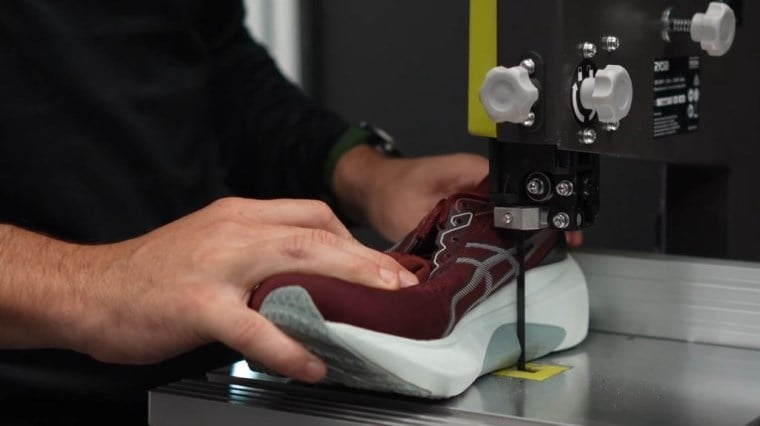
With three decades of supporting runners to find their perfect stride, the Asics Gel Kayano 30 had a bold reputation to live up to – and we’re glad to say, it met the expectations of the running community and more. According to Sportitude shoe expert Josh, it’s "the best Kayano to date".
It’s the first Asics shoe to showcase their 4D Guidance System – offering an entirely new generation of support technology and debunking some assumptions in the stability category world over the last 3 decades, which we’ll discuss in detail below.
4D Guidance System & FlyteFoam Plus Eco Cushioning
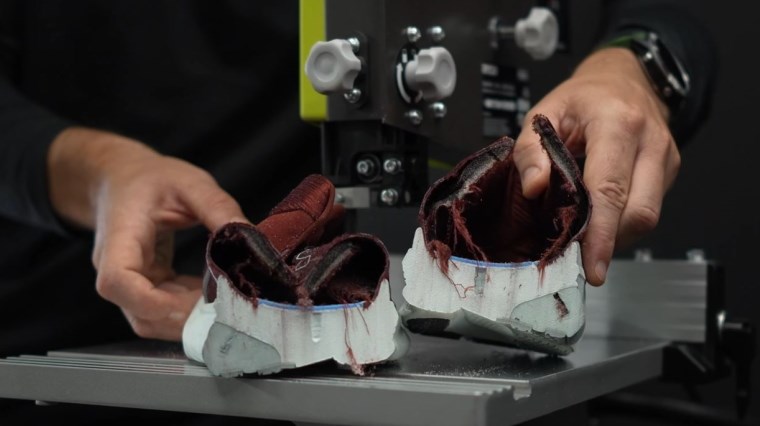
Now also available in the Asics GT-2000 franchise, the new and innovative 4D Guidance System set the Asics Gel Kayano 30 apart from the pack.
Asics have steered away from how traditional stability shoes work, and the concept that a harder or firmer support structure is required on the medial side. This is true of support systems such as Asics DuoMax and Asics LiteTruss that have had success in the past – and now have paved the way for this new technology, the 4D Guidance System.
The 4D Guidance System in the Asics Gel Kayano 30 (the grey foam in the cross-section of the shoe above) is softer than the cushioning foam in the shoe itself, being Asics FlyteFoam Blast Plus Eco. It sounds counter-intuitive that the support structure would be softer than the cushioning, but Asics’ outside-the-(shoe)box thinking could be exactly the unobtrusive support the modern overpronator is looking for.
Why is softer better in this case? When applying vertical force through the 4D Guidance technology, the softness of this structure allows it to splay out, naturally increasing the surface area through the midstance phase of your gait cycle. This also assists in keeping your foot on the lateral border of the running shoe to reduce the velocity of movement from footstrike to the maximum pronation point.
Alongside the density of 4D Guidance System, its placement also comes into play to provide support. The 4D Guidance technology is positioned below the FlyteFoam Plus Eco technology which is directly under the foot for consistent and stable cushioning.
The 4D Guidance System extends from its uppermost point (about halfway up the stack height of the shoe), down to the base of the shoe to engage with the outsole. It provides more coverage and is positioned closer to the ground in comparison to the GuideRails of the Brooks Glycerin GTS 20, which wrap directly underneath the foot on the medial side.
Of course, the engineering of the running shoe has to work with the technology itself. The strategic placement of the 4D Guidance technology in the Asics Gel Kayano 30 accentuates the ‘splaying’ effect for consistent, reliable support in every stride. This natural and effortless feel is all achieved without the issues presented by more aggressive support technologies, that can feel like there is a ‘block’ under your foot or excessive resistance from the running shoe during the midstance phase.
‘Bucket Seat’ Midsole Design
Imagine a racing car bucket seat – designed to hold you firmly in place by wrapping around your body. When it comes to the Asics Gel Kayano 30 running shoes, bucket seat isn’t the technical term, but the effect is the same for your feet.
The midsole not only wraps up the medial side with a higher wall, but cups around the sole of your foot – allowing your foot to sit within the midsole rather than on top of the midsole platform. It cradles your heel, holding your foot in place with a locked-in fit to amplify the stability characteristics.
Broad, Stable Platform
The surface area of the Asics Gel Kayano 30 beneath the foot offers a wide, stable platform – creating stability from the ground up to allow subtlety in the support technologies themselves. It’s more evidence that the engineering of a running shoe can play a valuable part in its overall make-up and support characteristics. The Asics Gel Kayano 30 offers the broadest platform among our top 3 stability running shoes.
Every detail is designed to work harmoniously with the support technology to cater to overpronated foot types – even down to the forefoot flex grooves to provide an element of stability and rigidity as you release out of your gait cycle.
-
Asics Gel Kayano 30 - Mens Running Shoes
-
Asics Gel Kayano 30 - Mens Running Shoes
-
sold outAsics Gel Kayano 29 - Womens Running Shoes
The Wrap Up
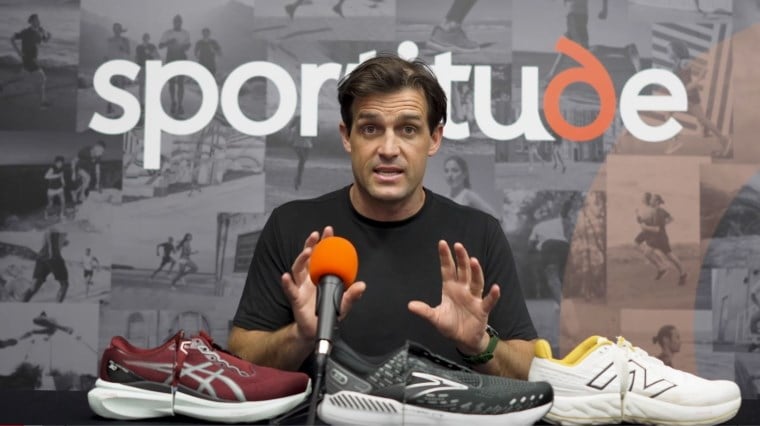
The New Balance Fresh Foam X Vongo v6, Brooks Glycerin GTS 20 and Asics Gel Kayano 30 are all running shoes in the stability category - designed to give you a stable, smooth and more effortless ride. They cater to the same foot type, but each offers a unique and innovative solution to managing overpronation.
The current trend in support technology is subtlety in preference to the aggressive stability systems of years past. The result is a more natural, unobtrusive feel on your foot to crush your daily training and to enjoy more kilometres out on the road.
Need more guidance selecting the right running shoe for you?
For a more in-depth shoe fitting experience, you can book a free 15 minute video chat in a Live Fit session or make an appointment to discover your RunDNA at Sportitude Running@Hindmarsh.
Book your RunDNA assessment today!
Follow Sportitude Running at:
Instagram: sportitude.running
If you liked this, you'll love:
New Balance Fresh Foam X Vongo v6 vs v5 Comparison Running Shoe Review
Brooks Glycerin GTS 20 vs 19 Comparison Running Shoe Review

